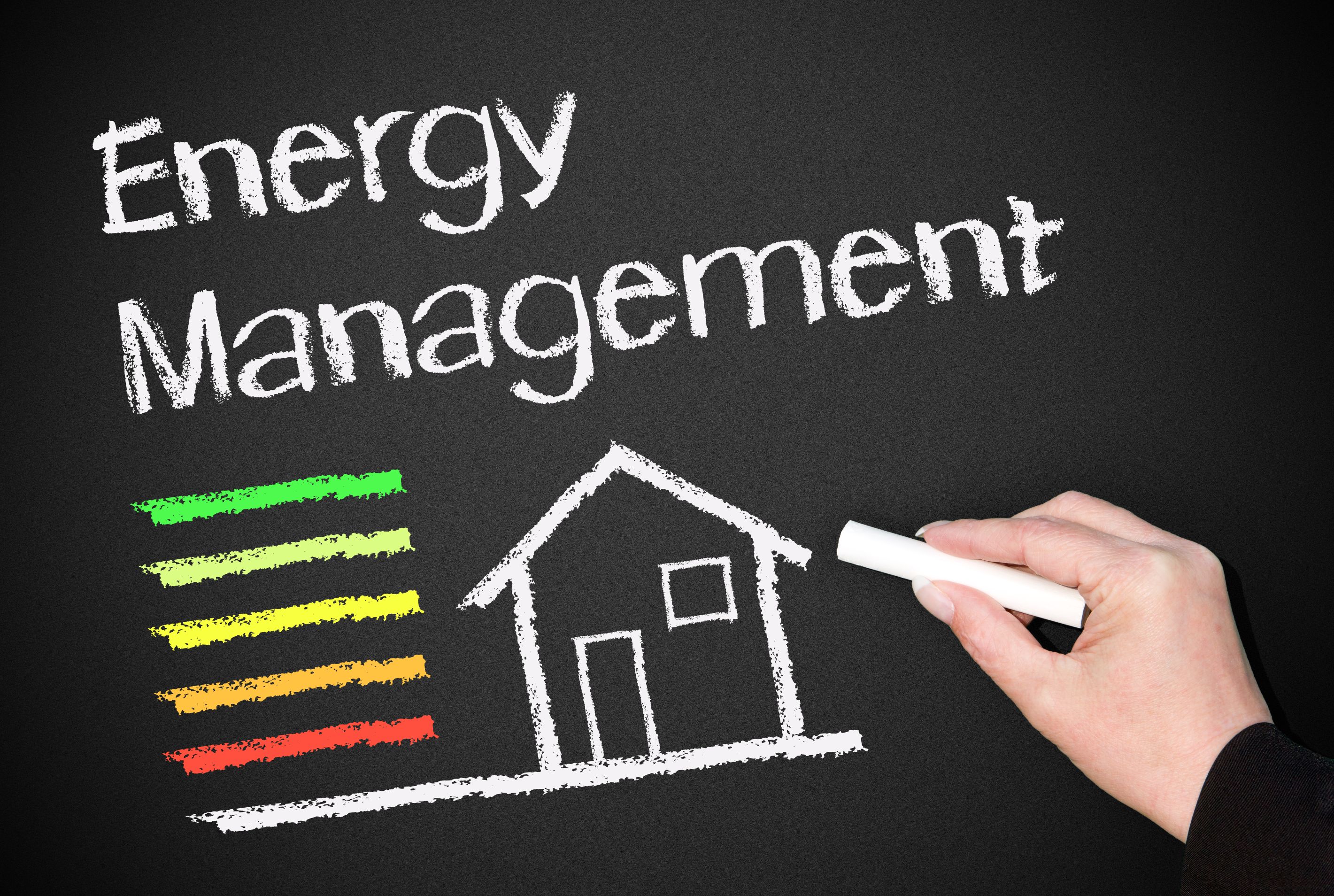Turn Algae into Oil
Sounds Impossible? We thought so, until we received a call from Smart Guy member John Kelsall, CEO of the Greater Lakewood Chamber of Commerce. He sent us a video (linked below) that explains how.
In the video, Mr. Glen Kertz, CEO Valcent Products, states that you can create oil from algae and that "if we took 1/10 of the state of New Mexico and converted it into algae production, we could meet all the energy demands for the United States."
In the Video, Mr. Kertz shows his "closed loop photo bio reactor" that produces bio mass from algae. It is designed vertically to increase the yield or volume area of the surface exposed to the sunlight. The system continuously recycles the algae in a closed loop to sequester carbon dioxide and lipids - basically vegetable oil.
He states that the beauty of algae is that they can we can be selective about what carbon chains are coming out of it. In other words, a strain of algae can even make jet fuel or diesel more effectively.
Here is a video explaining the ability to grow vegetables much more effectively by growing upward and in motion to reduce the crops density on a given surface of land and greatly reduce the amount of water that is needed. According to Kertz, an average acre or lettuce grows around 400,000 heads per year, but he can grow 4-6 million heads in the same space with 1/20 the amount of water. They can also cut down on transport by setting up the system nearly anywhere.
In summary, the conversion of Algae into fuels might very well serve many of the needs of our future. Here are some of the highlights:
- Produces approximately 20 times the normal production volume for field crops
- Requires 5% of the normal water requirements for field crops
- Can be built on non arable lands and close to major city markets
- Can work in a variety of environments: urban, suburban, countryside, desert etc.
- Does not use herbicides or pesticides
- Will have very significant operating and capital cost savings over field agriculture
- Will drastically reduce transportation costs to market resulting in further savings, higher quality and fresher foods on delivery, and less transportation pollution
- Will be easily scalable from small to very large food production situations
Related Articles
- Alternative Energy - What Are the Best Sources
- Green Business - All From One New Idea of Going Green
- Becoming an Energy Efficiency Consultant
- Water Conservation In The Home
- Finding the Best Commercial Energy Broker Service
Business News
Popular Posts
- Universal Pursuit of Happiness - Wisdom from World Religions
- Overcoming Ego and Self-Centeredness - Lessons from World Religions
- Transcending Materialism - Spiritual Practices from World Religions
- Overcoming Prejudice and Intolerance - Guidance from Global Faiths
- How Mind Balance Can Improve the Mindsets of Employees
- Interfaith Insights by 1WorldPeace - The Top 100 Universal Beliefs in Global Spirituality
- Bridging Beliefs - Finding Common Ground in Love and Respect
- The SmartGuy Vision - A United Future Through Interfaith Love and Respect
- A Cautionary Vision - The Grim Future of a Divided World Without Love and Balance
- A Tapestry of Faiths - Exploring the Common Threads in World Religions
- Fostering Harmony Among Christianity Islam Buddhism Hinduism and Judaism
- Preparing Kids for Adulthood - 15 Vital Skills They Wont Learn in School
- Navigating Diversity - Jerusalem's Tactical Approach to Interfaith Harmony
- Clearing Mental Plaque: The Path to Enhanced Communication and Divine Connection
- Why Return to Jesus Christ and the Church
- Top 50 Ways to Live Longer
- Adventurous Romance -The Key to Enhancing Relationship Chemistry
- Pork Tenderloin with Mustard Cream Sauce
- Navigating Technology and Media for Optimal Mental Well-Being
- Understanding the Link Between Mental Health and Substance Abuse
